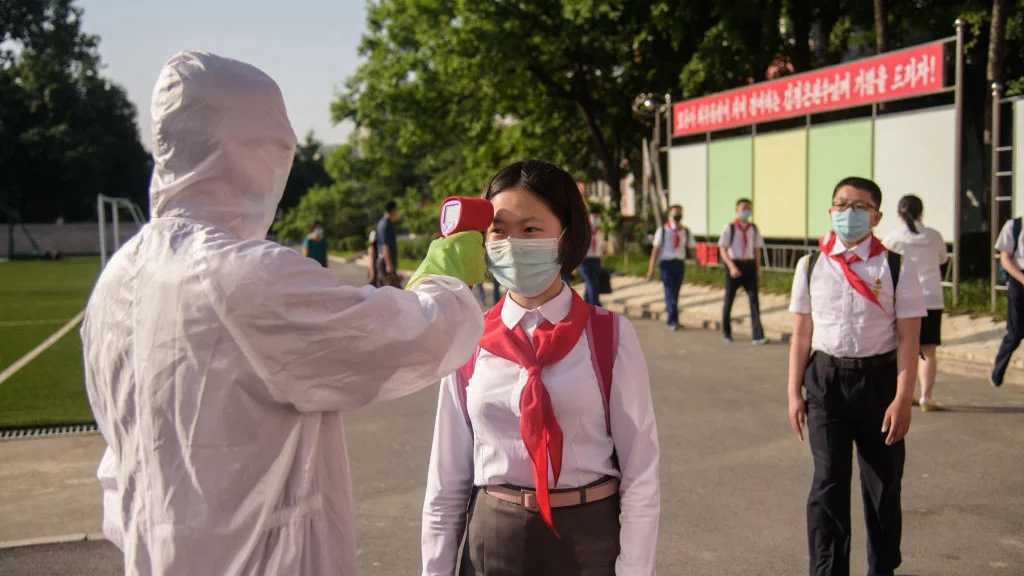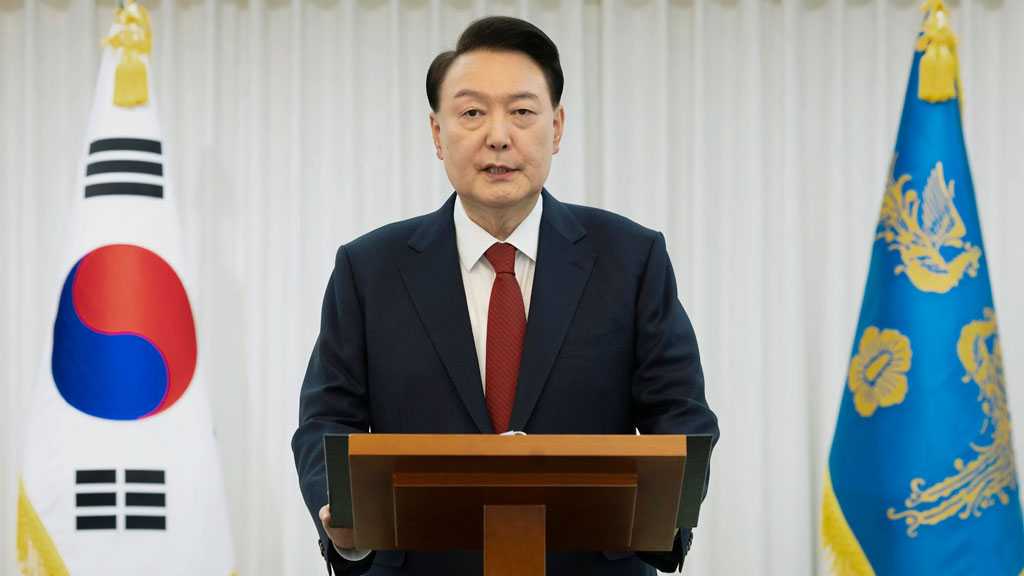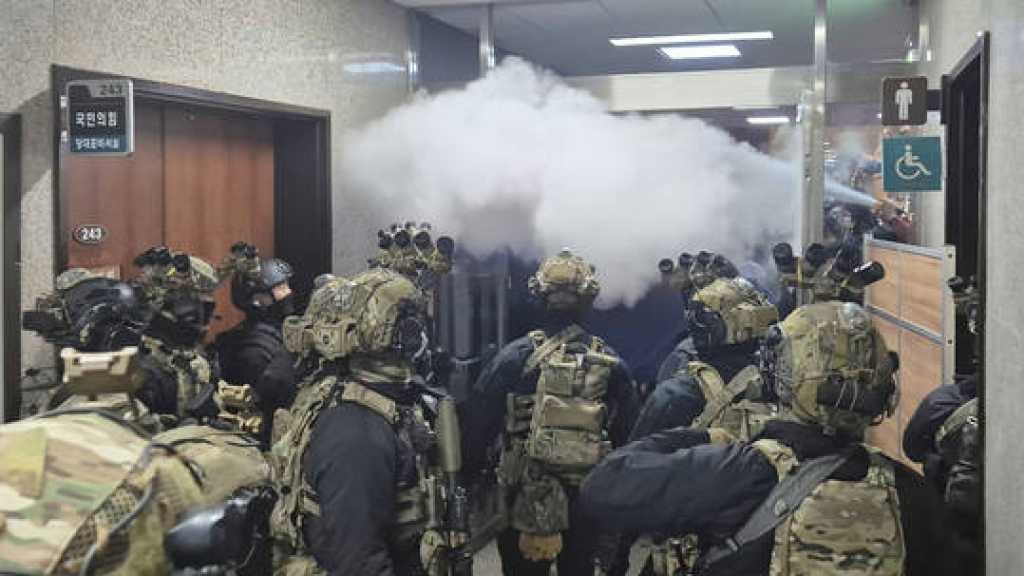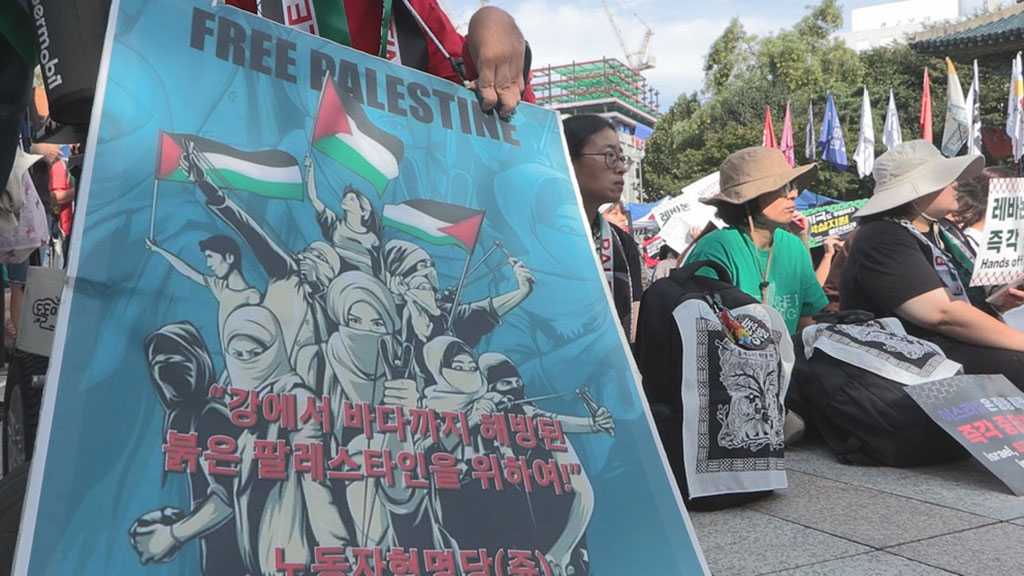
N Korea Blames COVID-Laden Balloons Sent from South for Virus Outbreak

By Staff, Agencies
North Korea has blamed its COVID-19 outbreak on balloons sent over its border with the South by groups of defectors, in an apparent attempt to shift the blame onto its neighbor.
After two years of insisting that it had not recorded a single case of the virus, the North admitted its first infections on 12 May, sparking fears of a public health disaster in the impoverished country.
On Friday, the country reported that 4,570 people were newly displaying fever symptoms, bringing the total caseload to 4.74 million. Health authorities refer to fever symptoms rather than COVID-19, apparently due to a shortage of testing kits. The North has reported only 73 deaths.
The official KCNA news agency said on Friday an 18-year-old soldier and a five-year-old child who had touched “unidentified materials” in the eastern county of Kumgang in early April showed symptoms and later tested positive for COVID-19.
“A sharp increase of fever cases was witnessed among their contacts and that a group of fevered persons emerged in the area … for the first time,” it said.
However, the first time that groups of North Korean defectors are thought to have sent balloons across the border this year was in late April from the western Gimpo region.
KCNA warned citizens to “vigilantly deal with alien things coming by wind and other climate phenomena and balloons in the areas along the demarcation line and borders”.
While the report did not name South Korea, defector-activists there use balloons to send anti-regime leaflets and humanitarian aid across the countries’ heavily armed border.
In response, the South’s unification ministry said on Friday there was “no possibility” that the coronavirus had entered the North via balloons.
Experts were skeptical about Pyongyang’s assertion. “It is hard to believe North Korea’s claim, scientifically speaking, given that the possibility of the virus spreading through objects is quite low,” said Yang Moo-jin, a professor at the University of North Korean Studies in Seoul.
The US Centers for Disease Control and Prevention says the risk of people getting infected through contact with contaminated surfaces or objects is generally considered low, though it is not impossible.
The regime has not publicly countenanced a more plausible explanation – that COVID entered North Korea after it resumed cross-border trade with China.
“If they concluded the virus was from China, they would have had to tighten quarantine measures on the border area in a further setback to North Korea-China trade,” said Lim Eul-chul, a professor at the Institute for Far Eastern Studies at Kyungnam University.
Reports by North Korean authorities suggest the country avoided a catastrophic outbreak, although it is impossible to independently verify official statistics on cases and deaths.
Pyongyang has rejected outside offers of humanitarian aid, including COVID-19 vaccines and medical supplies, to help it through the pandemic, and accused the US of using the gesture to detract from its “hostile” policy towards the North.
The North Korean foreign ministry said the US was being insincere in offering help while it continued to conduct military drills and pushed for more sanctions in response to the regime’s nuclear and ballistic missile programs.



